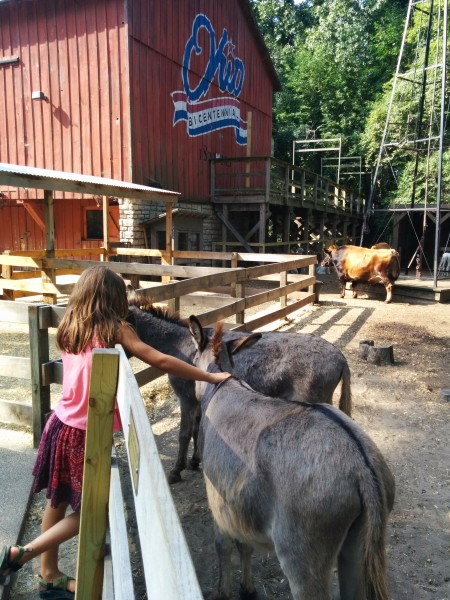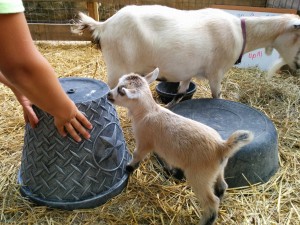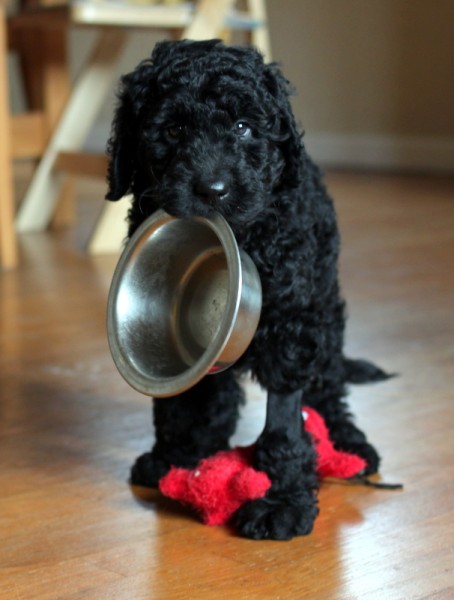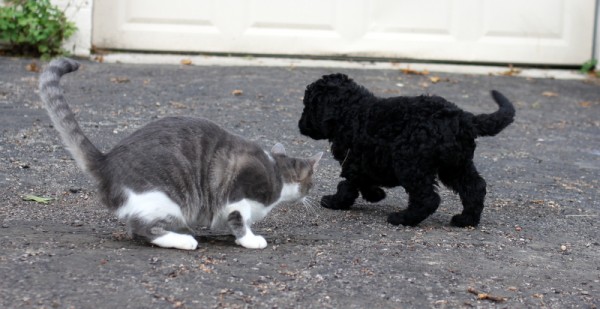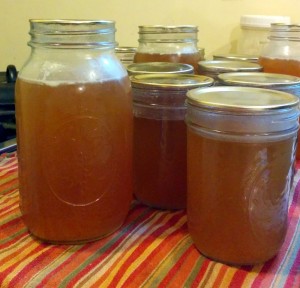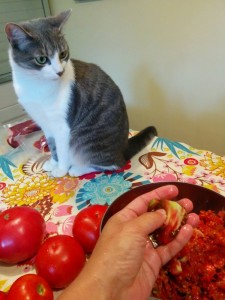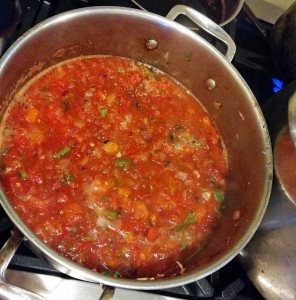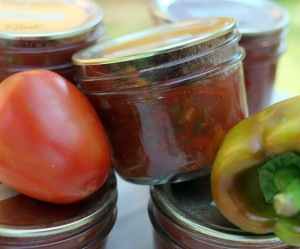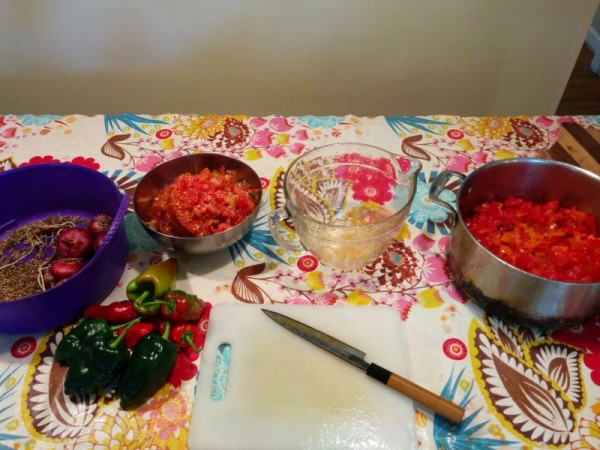Lil's summer was full of firsts this year - she learned to ride a bike without training wheels, endured a bee sting, and went to Ohio's famous amusement park Cedar Point for the first time.
Tall Lil was fortunate enough to meet the height requirement for all rides at Cedar Point and lines were short when we visited on Labor Day. We started with the Iron Dragon and immediately walked back through the line. Lil says, "I love it! It was super awesome!"
We tried attractions all over the park - bumper cars, sky ride, ferris wheel, and more. Lil even talked me into a swirling swing ride. I finished so dizzy that I won't be doing that again any time soon!
The smooth, very fast Maverick coaster was my favorite coaster. Lil was teary at the end, though. "It was just too up and down. It scared me!"
Our favorite part of the park was shady Frontiertown. Lil enjoyed watching the artisans craft with wood and blow glass during breaks from the coasters. It was hard to pull both of us away from the week old baby goat in the petting zoo! Despite making several visits to Cedar Point as a kid, it took this trip for me to read the signs saying that many of the structures are relocated historic houses and cabins.

After the Maverick, we took some time to recover by visiting Dinosaur Island. We walked past life-sized animatronic dinosaurs in the landscape and read educational signs. It wasn't scary but we had fun pretending.
In the middle of the experience, Lil dug in a large sand pit to uncover replica fossils. With lots of benches for resting and plenty of shade, Dinosaur Island is something a family of all ages would enjoy.
My biggest disappointment at the park was the food. Given that Labor Day weekend was the end of the regular season, some restaurants were closed so we ended up eating at a food stand. Our meal of pizza and fried chicken was very expensive and unappetizing, not to mention unhealthy.
All over the park we saw evidence of upcoming Halloweekends, Cedar Point's bewitching combination of haunted experiences and costumed play for all ages. Guests can fill a candy bucket, wander through a haunted house, enjoy a themed parade, and make masks during September and October weekends.
I know Lil's first trip to Cedar Point won't be her last - she is already talking about what coasters she wants to ride next summer. And with shaded lines, attractions for all ages, and plenty of fun off the coasters, I know the whole family will enjoy another trip to America's Roller Coast.
Are you a fan of roller coasters?
Disclosure: Cedar Point provided tickets for Lil and myself. Transportation, lodging, and our opinions are our own.


